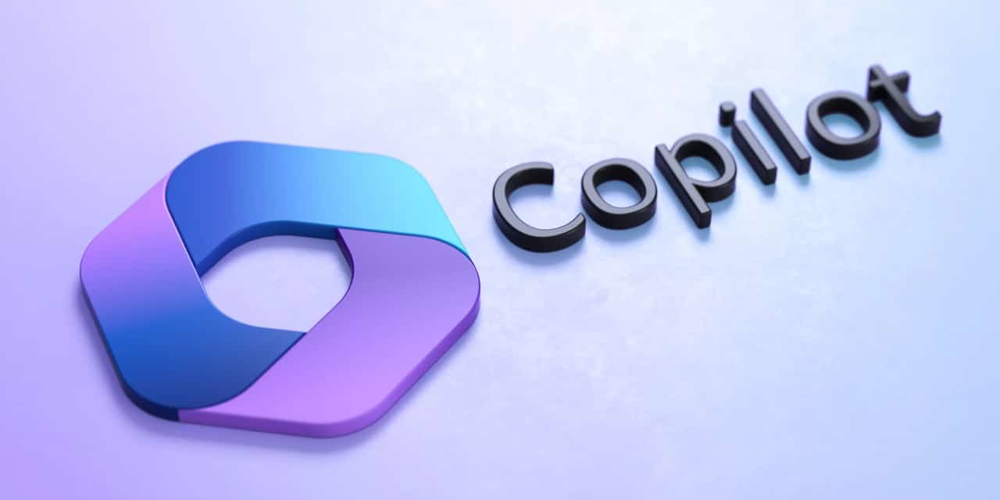Revitalizing Windows 10: Microsoft's AI-Enhanced Copilot Set to Land on the Legacy OS
- 20-11-2023

In an age when technology evolves at an unprecedented pace, Microsoft has taken a leap into the future while firmly holding onto the foundations of the past. The tech giant has made a striking announcement that's set to shake up how users interact with their PCs. Microsoft's Copilot, an advanced virtual assistant built upon the shoulders of AI, is slated to make its way to Windows 10, injecting new life into the robust operating system that still commands a massive user base. This strategic move not only underlines Microsoft's commitment to its loyal users but also showcases its adaptability in the swiftly changing tech landscape.
Windows 10, with its billion-strong active users, has long been the bedrock for Microsoft's OS dominance. But as the newer Windows 11 started making waves, there were questions about the fate of its predecessor. With the revelation that Copilot will soon be integrated into Windows 10, Microsoft allays fears and demonstrates a clear intent to harmonize innovation with legacy. This integration is expected to begin with a preview rolled out to Insiders and will require a device running Windows 10 22H2 with at least 4 GB of RAM and a 720p HD screen. A dedicated Copilot button will appear on the taskbar, unfolding AI's potential directly at the user's fingertips.
The implications of this development are profound. Windows 10 users are poised to experience a significant enhancement in how they interact with their systems. Copilot is designed to streamline tasks, furnish quick information, and simplify user experiences, marking a significant stride in Microsoft's journey towards more intuitive computing. The preview phase is crucial as it will allow Microsoft to fine-tune Copilot's performance based on user feedback, ensuring the assistant is as efficient and user-friendly as possible before it becomes widely available.
As the anticipation builds, Microsoft encourages users to stay abreast of updates to ensure they're at the vanguard when Copilot becomes available. By opting into the latest updates through Windows Update, users can be among the first to welcome this AI companion onto their desktops. The gradual rollout promises to extend over the coming months, with Microsoft pledging to keep Insiders informed via their dedicated blog. This gradual integration underscores a thoughtful approach, prioritizing stability and user satisfaction.
The decision to extend such a modern feature to Windows 10 might signal a broader strategy for the operating system's longevity. Despite the initial end-of-support date set for October 2025, the introduction of Copilot hints at the possibility of continued major updates. Microsoft's decision to support Windows 10 beyond the traditional lifecycle could redefine the trajectory of operating system support, offering users more flexibility and security.
In conclusion, the fusion of Windows 10's proven reliability with the cutting-edge capabilities of Copilot represents a bold and strategic move by Microsoft. This commitment to innovation while ensuring backward compatibility reflects an understanding of user needs and market dynamics. It's a balancing act between the new and the familiar, promising to elevate the computing experience for millions. As the tech community awaits the integration with bated breath, one thing is clear: Windows 10's journey is far from over, and with Copilot, its path takes an exciting turn towards a future where artificial intelligence becomes an everyday ally in the digital realm.